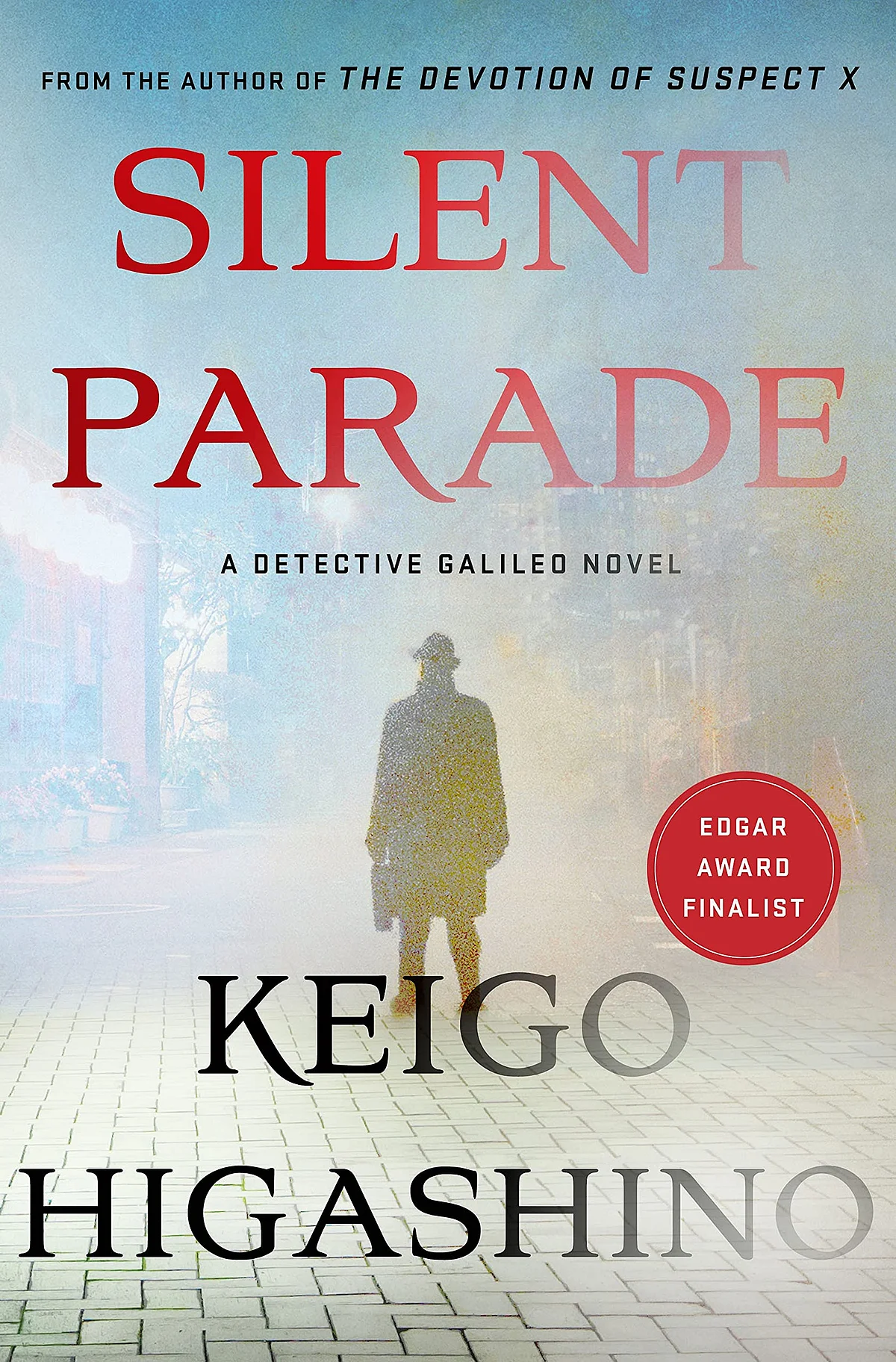'Silent Parade' review: The easiest case for detective Galileo
Keigo Higashino’s latest novel is built on the foundation of friendship

If you’re planning on succumbing to the pleasures of detective fiction, you should start reading Keigo Higashino. At the outset, his stories seem simple. But if you invest your time, you’ll find a layer of kindness that’ll be hard to ignore. Your heart might hold on to unshakeable emotions, such as love and longing, long after you’ve read the last page of Silent Parade.
Higashino is pretty much a straightforward storyteller. His mysteries aren’t wound around labyrinthine graphs. Therefore, if you put in the required effort, you’ll reach the conclusion without breaking into a sweat. But, in a mystery, the joy doesn’t rest upon zeroing in on the actual killer alone, as it also includes tying up all the loose ends. Since good writers have numerous aces up their sleeves, however, you may not find the missing piece of the puzzle until the final section.
In Silent Parade, Higashino covers the murders of two young girls within the first few chapters and then goes on to reveal the facts behind the murder of the villain, too. Obviously, it’s an act of revenge killing and Higashino, by no means, tries to hide these details from the readers. Kanichi Hasunuma, the baddie of the novel, is not an ordinary criminal. He’s a smart cookie who knows how to get away with murder. His modus operandi, so to speak, is to keep his mouth shut when the cops grill him. He doesn’t answer any of the questions and walks out of the police station with his head held high.
How can anybody extract a confession from a man who’s so cold-hearted? And how can the courts punish him when there isn’t enough evidence in the first place to show that he’s the culprit? For Inspector Kusanagi, though, who’s put in charge of solving the murder of Hasunuma, it appears as an open and shut case. He doesn’t spend sleepless nights to come up with a list of suspects. He’s sure that Hasunuma’s death is connected to the murder of Saori Namiki, a girl who was on the verge of becoming a professional singer. After all, it’s not uncommon for the friends and family of a victim to teach a lesson to the sinner.
Although Kusanagi tries to tackle the problem by taking the traditional route, he discovers that there are loopholes and, hence, asks his friend, Professor Manabu Yukawa, to help him. It’s Yukawa who does most of the heavy-lifting here. That said, Kusanagi is not a minor character, either. As a cop, he has his own role to play. But things fall into place only when Yukawa enters the picture. Unlike Sherlock Holmes and Hercule Poirot, Yukawa (Detective Galileo) doesn’t make grand speeches – he exhibits the qualities of a shy detective who doesn’t crave attention.
Yukawa gets to the bottom of the case without wasting any time and solves all the riddles like a boss. And as far as the themes of Silent Parade are concerned, the most tangible one is that of friendship. Of course, there’s an “eye for an eye” attitude that runs throughout the story, but if you look into the murder of Hasunuma, you’ll realise that the common ground upon which everybody stands is built on the foundation of loyalty. Soji Shimada’s popular novel Murder in the Crooked House also falls into the same category. You can read both these Japanese novels one after the other if you want to stay up until the small hours.
Higashino’s novels, like the works of Stephen King, have been adapted into several films and television dramas in Japan. I hope Indian showrunners, too, get a chance to bring Galileo’s cases to the small screen so that we can plop onto the couch and munch on popcorn while the sleuth uses his extraordinary powers to catch the killers. There’s a readymade feast here that’ll work wonders for many OTT platforms.
(This was first published in National Herald on Sunday)
Also Read: Must read books written by Indian authors
Follow us on: Facebook, Twitter, Google News, Instagram
Join our official telegram channel (@nationalherald) and stay updated with the latest headlines